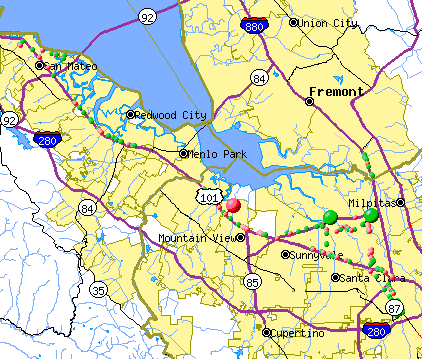
The Attention Economy: Understanding the New Currency of Business
by Thomas H. Davenport and John C. Beck Harvard Business School Press, June 2001 256 pages, $29.95
The Attention Economy recasts a familiar dilemma—not enough time—in an intriguing way. Today’s scarcest resource, the book claims, is not time, but attention—the focused mental engagement of employees, customers, partners and executives. Davenport, coauthor of Working Knowledge: How Organizations Manage What they Know and Information Ecology: Mastering the Information and Knowledge Environment, and Beck, his colleague at the Accenture Institute for Strategic Change in Cambridge, Mass., argue that managing attention is now critical to succeeding in today’s economy. “It’s no longer sufficient to be a solid, competent organization; you have to stir the brain cells—and the hearts—of your intended audience,” they write.
The book falls into three rough sections: identifying why organizations are suffering an information glut, offering tools to measure the resulting “attention deficit disorder” and suggesting remedies to attract and focus attention where it’s needed. The second and third sections are more useful, since most CIOs are already too aware of the problem. The authors introduce a compelling tool called “AttentionScape” that allows managers to gauge their effectiveness in focusing attention. First, they outline three attention pairs: attractive/aversive (relating to carrot-or-stick motivation), captive/voluntary (pertaining to choice) and front-of-mind/ back-of-mind (conscious/subconscious). These dichotomies are harnessed in a way that enables managers to map out how people and organizations allocate their attention.
Technology managers will be most interested in Chapter 5, which deals with the impact of information technology on attention. The authors describe three types of attention technologies: attention-getting (such as the telephone), attention-structuring (scripting or hypertext) and attention-protecting (filters). They then discuss how knowledge managers might want to employ these technologies to improve the attention of employees and customers. Unfortunately, many of the solutions proposed are either simplistic (banning the use of PowerPoint inside a company) or not yet viable (such as effective e-mail filters). “We see no near-term solution to these problems [of too much information],” the authors acknowledge.
In closing, the authors come up with some prescriptions for tracking attention in your organization. They include analyzing Web site traffic to determine how much time employees spend visiting non-work-related areas such as chat rooms, and using software programs to analyze the content of employee e-mail messages on an aggregate level, then setting limits on the amount and nature of the information that circulates through the organization. These are eminently doable solutions that most organizations should be able to implement.
The Attention Economy succeeds on two fronts: its unique theoretical perspective and its practical advice for knowledge managers. The authors conclude with a paradoxical observation: The continuing effect of technology will only increase the information load. They predict the emergence of an industry devoted to helping organizations and people manage attention, including internal experts who will develop processes for dealing with vast streams of information.
Karen Southwick is the executive editor of Forbes ASAP and the author of three business technology books: Silicon Gold Rush, High Noon and The Kingmakers, all from John Wiley & Sons, Inc.
